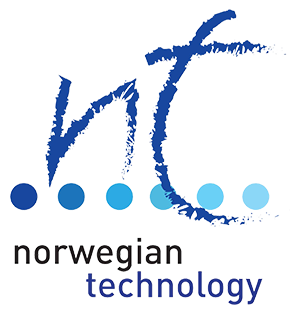Offshore Oil and Gas Products
Flotation units
Norwegian Technology designs Dissolved Gas Flotation and Induced Microbobbles Flotation units for using both onshore and offshore. The flotation units can be built with the possibility to inject adsorbents, de-emulsifiers, or coagulation and flocculation chemicals.

Electrocoagulation
Electrocoagulation (“electro”, meaning to apply an electrical charge to water, and “coagulation”, meaning the process of changing the particle surface charge, allowing suspended matter to form an agglomeration) is an advanced and economical water treatment technology. It effectively removes suspended solids to sub-micrometre levels, breaks emulsions such as oil and grease or latex, and oxidizes and eradicates heavy metals from water without the use of filters or the addition of separation
chemicals

Hydrocyclones for Oil in Water Separation
Norwegian Technology designs hydrocyclon packages for oil in water separation. Our system holds flexibility on flow by easy operation. We can activate or deactivate liners in the package to optimize separation efficiency for a given feed flow. The package can be customized with the possibility to inject de-oiling chemicals or heating units in front.

Centrifuges
Norwegian Technology delivers customized centrifuge packages in frames or containers with the possibility to implement heating and water/sludge enhancing separation agents.
Membrane Separation Units
Norwegian Technology designs membrane separation units for water and gas purification/separation. We can perform actual testing for clients with Micro Filtration, Nano Filtration, Ultra filtration and Reverse Osmosis.
We have a close corporation with the University of Stavanger, Norway, related to research and development of new and improved membrane separation equipment and techniques.

Biological Treatment Units(Mobile and stationary)
Norwegian Technology designs, builds and operates biological treatment plants for both projects and fixed installations. We deliver aerobic and anaerobic reactor for industrial water treatment by Activated Sludge or Fixed Film Bioreactors reactors. Our mobile bio units are available for rental with operational services.





